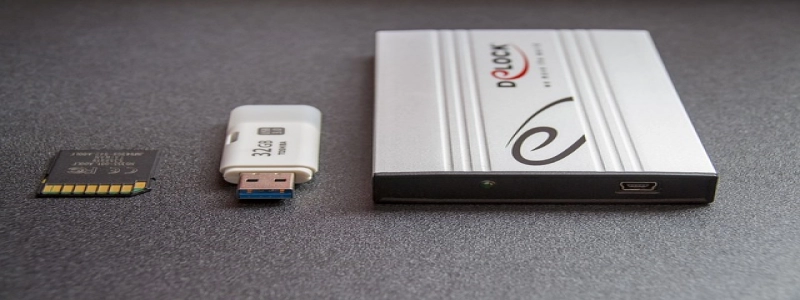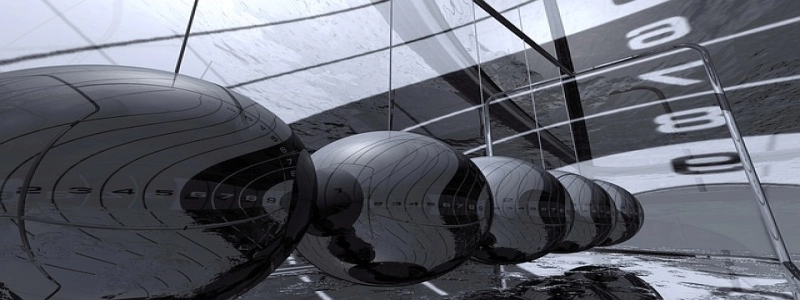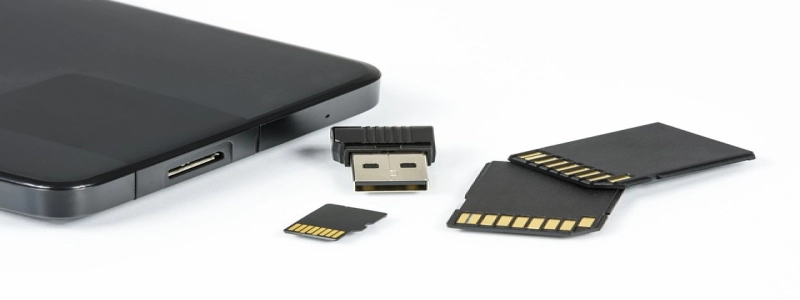Ethernet Cable Length
introduzione:
Ethernet cables are widely used for connecting devices to a local area network (LAN) or the internet. They are essential for transmitting data between devices such as computers, printers, and routers. The length of an ethernet cable plays a crucial role in determining the quality and speed of the connection. In this article, we will explore the importance of ethernet cable length and how it can affect network performance.
IO. Types of Ethernet Cables:
There are different types of ethernet cables available in the market, such as CAT5, CAT5e, CAT6, and CAT6a. Each type has its own maximum recommended length for optimal performance. It is essential to choose the right type of cable according to the requirements of the network.
II. Maximum Cable Length for Different Ethernet Categories:
1. CAT5: The maximum recommended length for a CAT5 ethernet cable is 100 meters (328 feet). Beyond this length, the signal quality may degrade, leading to data transmission errors and reduced network performance.
2. CAT5e: CAT5e cables are an enhanced version of CAT5 cables and can support higher data rates. They also have a maximum recommended length of 100 meters.
3. CAT6: CAT6 cables are designed for more demanding network environments and can handle higher data rates than CAT5e cables. The maximum recommended length for a CAT6 ethernet cable is also 100 meters.
4. CAT6a: CAT6a cables are an advanced version of CAT6 cables and are capable of supporting even higher data rates and bandwidths. The maximum recommended length for a CAT6a cable is 100 meters as well.
III. Factors Affecting Cable Length:
1. Signal Attenuation: As the length of the ethernet cable increases, the signal strength decreases due to attenuation. This can result in data loss and slower network speeds.
2. Crosstalk: Crosstalk refers to the interference between adjacent pairs of wires within the cable. Longer cables are more susceptible to crosstalk, which can cause signal distortion and affect network performance.
3. Cable Quality: The quality of the ethernet cable also affects its maximum length. High-quality cables are designed to minimize signal loss and crosstalk, allowing for longer cable lengths without compromising performance.
IV. Considerations for Cable Length:
When planning the length of ethernet cables in a network setup, several factors should be taken into consideration:
1. Distance between Devices: The distance between devices that need to be connected should be measured accurately to determine the required cable length.
2. Network Speed: Higher network speeds may require shorter cable lengths to ensure optimal performance. It is essential to choose the appropriate cable category to support the desired network speed.
3. Cable Management: Longer cables can be more challenging to manage and may require additional measures to prevent tangling or damage.
Conclusione:
Ethernet cable length plays a significant role in determining the quality and speed of network connections. By choosing the right cable type and considering factors such as signal attenuation and crosstalk, network administrators can optimize network performance and ensure reliable data transmission.








